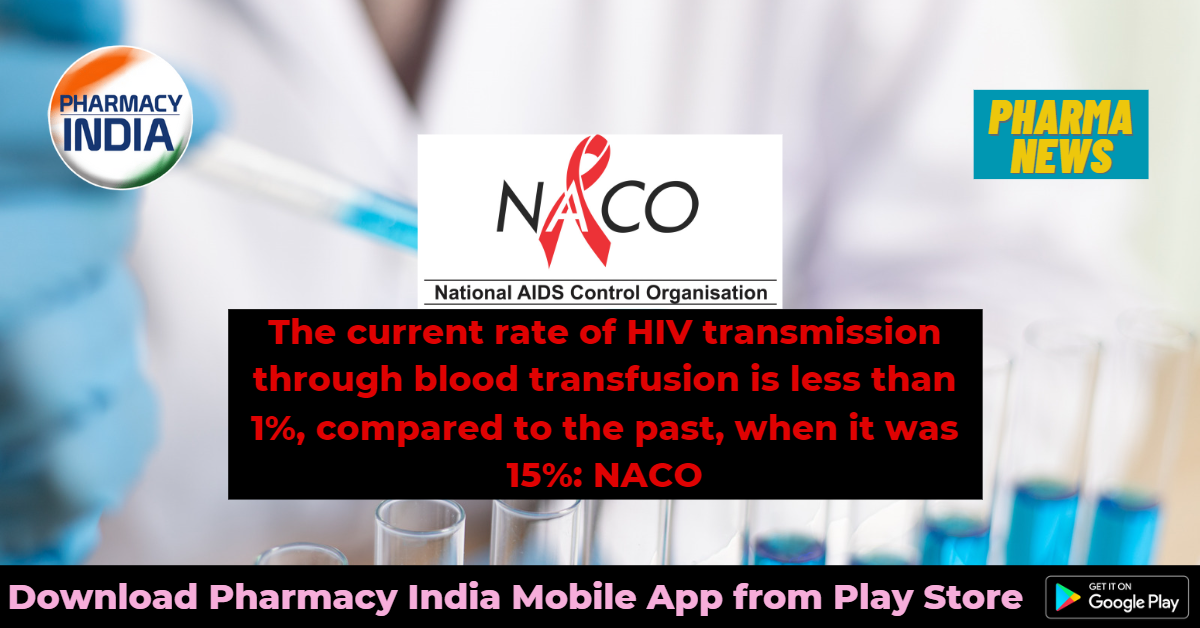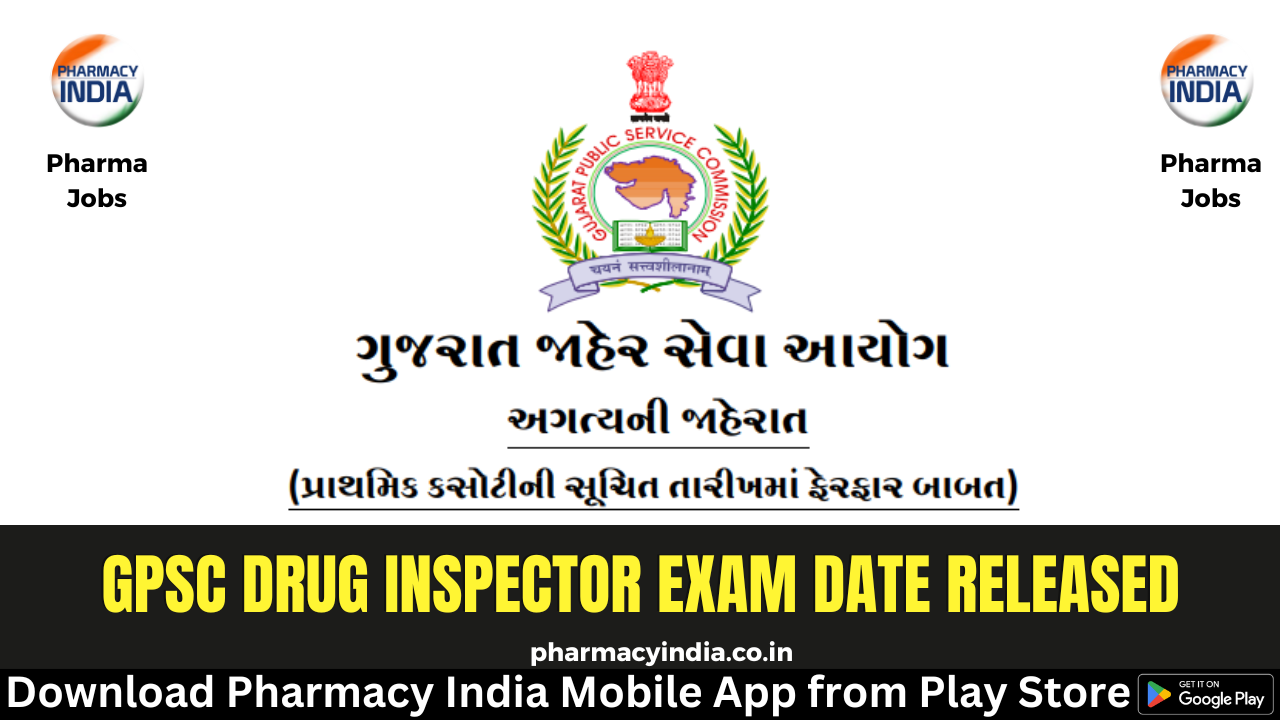According to the National AIDS Control Organization, the risk of HIV transmission through blood transfusions has decreased from 15% to less than 1%. (NACO). It has been estimated that heterosexual routes account for over 83% of all transmission in India. It is estimated that 6% of cases are brought on by contaminated syringes and needles, 4% are caused by gay relationships, 3% are passed from parent to kid, and the other 4% are attributed to unidentified sources.
In India, there are 2.40 million HIV-positive people out of the 38.4 million worldwide. 1.5 million new HIV infections are recorded globally each year, with 63,000 occurring in India. There are 28.7 million people living with HIV who are receiving antiretroviral therapy (ART) worldwide, with 1.6 million of them in India. India has the second largest number of PLHIV with females representing 44% of PLHIV and children representing 3.5% PLHIV. Annual AIDS related deaths are 0.65 million globally with India reporting 42,000 deaths.
In order to end AIDS by 2030, Dr. Anoop Kumar Puri, deputy director general (IEC & MS), NACO stated, “Closing inequities in testing and treatment will minimise advanced HIV illness and AIDS related fatalities and prevent onward transmission. Test design innovations should be the first step in this. In order to maximise efficiency with limited resources, the most successful preventative programmes must be targeted at the appropriate groups. Without dealing with stigma, prejudice, and other societal facilitators, we will not be able to accomplish our goals. It must be ensured that nations and communities have the resources necessary to comprehend their epidemic and response.
The National AIDS Control Programme (NACP), which was established in 1992, is managed by NACO. In India, it is being implemented as part of a comprehensive approach for the prevention and management of HIV/AIDS. The emphasis has evolved over time from behavioural change to awareness-raising, from a centralised national response to a more decentralised response, and towards more involvement of NGOs and networks of PLHIV.
A Central Sector Plan with an outlay of Rs. 15,471.94 crore, the National AIDS and STD Prevention Program Phase-V is entirely supported by the Government of India. In order to achieve Sustainable Development Goal 3.3, which calls for eradicating the HIV/AIDS pandemic as a public health threat by 2030, the NACP Phase-V will carry out the country’s AIDS and STD response through the financial year 2025–2026. This is done by providing a comprehensive array of prevention, detection, and treatment services.







